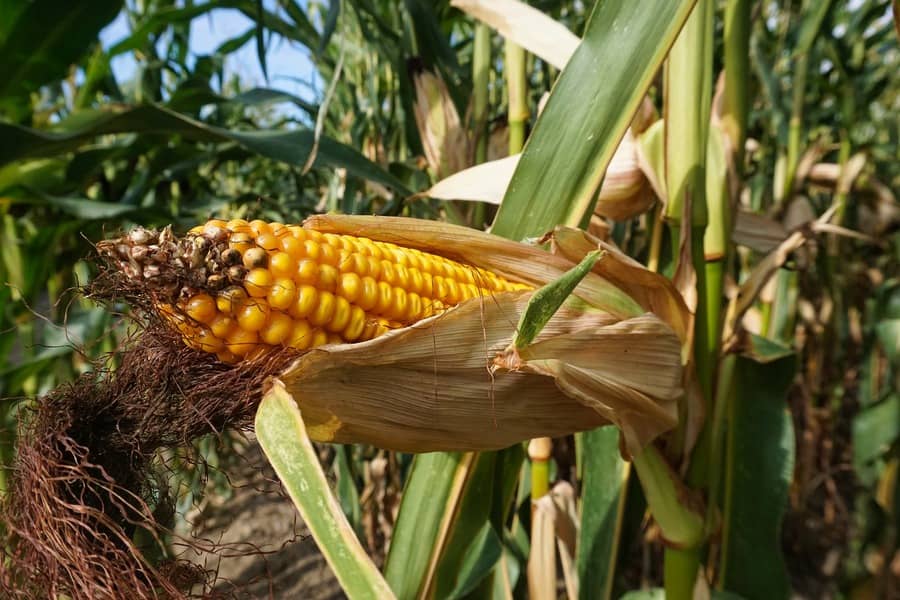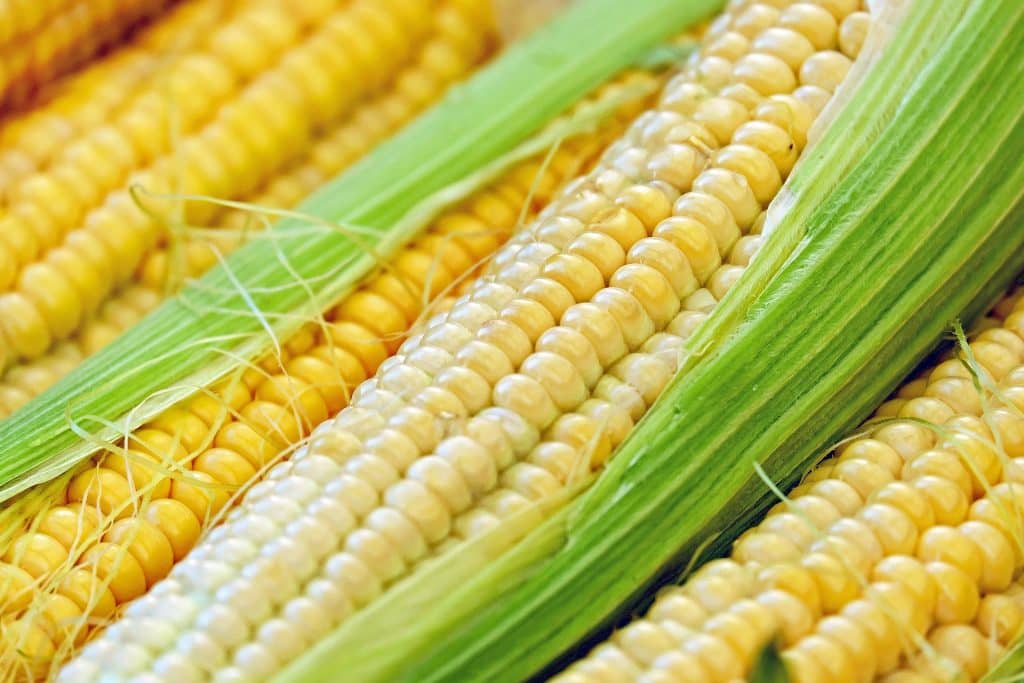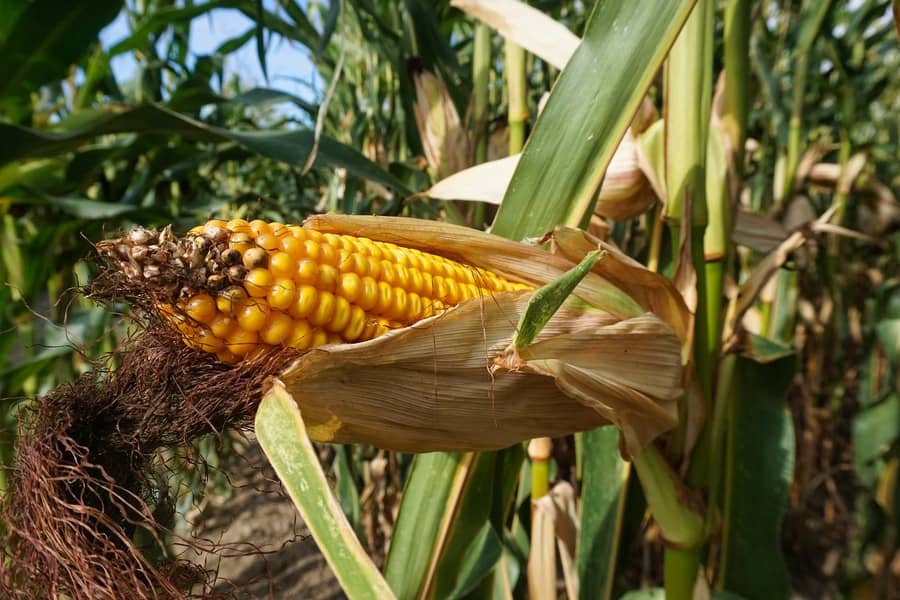Porto Alegre, February 5th, 2025 –Following the new tariffs imposed by the United States on three countries, the international market is waiting for these affected countries to retaliate against US products. Of course, this race to blockade and rebuild the US economy could trigger an unprecedented tax war in the international environment. Although the reasons for the tariffs are not entirely commercial, but rather arguments to solve a social issue in the United States, markets will price in their effects. At this point, we will need to wait for the retaliatory stance, that is, either a commercial counterattack or a plan that follows the objectives of uncontrolled immigration, drug trafficking, and fentanyl. Solutions that do not seem to be viable without the participation of all the countries involved. Perhaps this could also be the path for imposing tariffs and other restrictions on other countries.
On February 1st, the United States confirmed the imposition of additional tariffs on three countries: Mexico 25%, Canada 25%, and China 10%. The tariffs were not targeted at a segment of products, but rather at the economy as a whole. The reasons are not very commercial, despite the trade deficit between the US and these countries. Basically, the reasons involve the lack of control on the Mexican border with immigration, the lack of action against drug trafficking, and the challenge of preventing the entry of fentanyl into the United States via Canada and coming from China. The US wants a proposal from these countries to control these factors. Without proposals, tariffs have been imposed. This Tuesday, the 4th, the tariffs are expected to come into effect and will have an impact on some markets.
Initially, we may see the following impacts on the price environment and global trade, with an impact on commodities:
– Mexico: Mexico is a major importer of chicken meat and corn, among other products, of US origin. If there is Mexican retaliation with tariffs on these products of US origin, demand will immediately
turn to immediate suppliers, that is, Brazil for chicken meat and corn, and Argentina for corn. Mexico exports live cattle to the United States, but this flow does not appear to be affected by the tariffs;
– Canada: Canada is a major exporter of canola oil, wheat, and pork to the US. In the case of canola, the effect is on competition with soyoil, even though this is a well-supplied market in the United States. In addition, there is the alternative of importing palm oil and, for biodiesel, cooking oil. This could lead to higher regional prices in the United States until the market rebalances. However, it could make soyoil more expensive in the United States, reducing international premiums. It could force some highs in soybean crushing, which is already high, with more leftovers of soymeal, reducing meal prices.
– China: China exports cooking oil for biodiesel in the United States. With the taxation of Canadian canola, China could benefit, as well as Indonesia with its palm oil. The 10% tax on Chinese products could be waived with margins and/or devaluation of the yuan. For now, there has been no Chinese statement about retaliation, but it could occur, for example, in the case of corn, a product that China has not imported from the United States, and the decision would be ineffective. There has been no decision to tax US soybeans so far.
Thus, much more than US tariffs, the focus is on the retaliation process and, from that point, the effects on prices and the international market. For example, if Mexico retaliates against US corn, this will bring strong and additional demand to South America. In vegetable oils, global demand is very well met, so highs on the CBOT would imply declines in premiums for other exporters. We will wait for government decisions to effectively assess the effect on global prices.
Meanwhile, U.S. corn exports remain strong. With 1.3 mln tons last week, sales have now reached 43.3 mln tons for an annual estimate of 62 mln tons. The business year ends on August 30, and until then export strength is a key factor. If Mexico were to tax U.S. corn, the loss of sales to that destination could offset the good exports so far, but it would greatly complicate the situation for Mexican supplies.
For this reason, attention is increasing toward the Argentine crop. The earliest corn in the north of the country is already reaped in February and has regular productivity. However, Buenos Aires, the largest producing province and with the latest corn, suffers from high temperatures and with crops entering the critical production phase. The rains in the last 15 days have been very good in Córdoba and Santa Fe, quite helping the crops. But they were quite sparse and of low intensity in the central region of Buenos Aires. The 50-mln-ton crop, for now, has not changed, however, February will need a rainier climate.
Safras News








